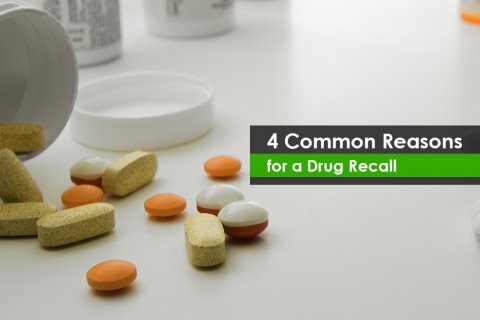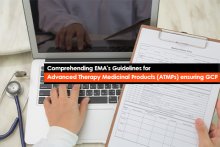Did you know, as reported, every year almost 4500 drug products are called off from the US market? In the past few months, it is observed that the number of recalls has been increased drastically. To name a few, a major drug manufacturer recently recalled 4800 bottles of HIV treatment drugs from the US market due to failed dissolution specifications; a US-based pharma company is set to recall 80 lots of its high blood pressure and heart failure medicines due to presence of cancer inducing ingredients; and another pharma company is asked to recall 42 lots of its injection vials due to contamination. And the list goes on…, thanks to the stringent regulations of global Health Authorities (HAs).
To place a drug product in the market, companies must go through rigorous investigations from HAs to evaluate the safety and effectiveness of the product. Even after the drug is placed in the market, HA keeps a continuous tab on the product to ensure that the efficacy of a drug is not compromised. If any observation is found, the HA issues a request for the recall of the product. In most cases, if the manufacturer receives a high number of reported problems for any product, they voluntarily recall the drug from the market, citing it to be unsafe.
Broadly, drug recalls are classified into three categories:
- Class I – Recall of products which can prove fatal or lead to serious health problem.
- Class II – Recall of products which can lead to temporary health issues or are not a huge threat for health.
- Class III – Recall of products which do not pose any dangerous threat but are not compliant with the regulations of HA.
Why are products recalled?
The reason for these recalls varies from mislabeling to more serious issues, like usage of harmful ingredients, non-sterile production conditions, incorrect labeling, performance defects etc.
1. Hazardous Nature of Drug
More often than not, risks associated with the drug comes into light once it has hit the market. It is then when manufacturers and HA comes to know about the hazardous nature of the drug. For example, in 2000, a large number of drugs were called after they increased the risk of hemorrhagic in brain due to the presence of Phenylpropanolamine(PPA). In such cases, Agencies request a recall of the drug from the market.
2. Contaminated Ingredients
Sometimes, the manufacturing process of a drug may expose it to contamination by unwanted or harmful ingredients which may cause reactions to the end-user and turn out to be health risk. In November 2018, a hypertension drug was recalled by the Food and Drugs Administration (FDA) due to contamination which had the potential to cause cancer.
3. Defects in manufacturing
Errors or defects in the manufacturing process of a drug may result in compromised safety and efficiency of the drug product. The reason for a drug defect may vary from pharmacological variability between drug batches or between generic and originator drugs, incorrect drug quantity to presence of impurities. If manufacturers are not aligned with Good Manufacturing Practice (GMP) guidelines of the respective Health Authority, they might be asked to recall the product.
4. Errors in labeling
Labeling and packaging of a drug acts as a guide for end-users. Any mistake in labeling or misleading message may lead to misinterpretation by the patients, which in turn leads to an adverse reaction. If a mistake is found in the packaging or labeling or, if it is not compliant with the HA regulations, a recall is issued. Last year, a leading pharmaceuticals company had to recall its fever medication for children due to mismatched instructions.
Apart from the above mentioned, there might be many hidden reasons to why a drug/device/cosmetic/food supplement is called off. Even though most of the drug recalls are result of minor factors, it is necessary to prevent them. Before any severe damage takes place, it is necessary to ensure no drug recall take place. Ensure you evaluate all possible causes before in hand by consulting a proven Regulatory expert. Stay compliant.





